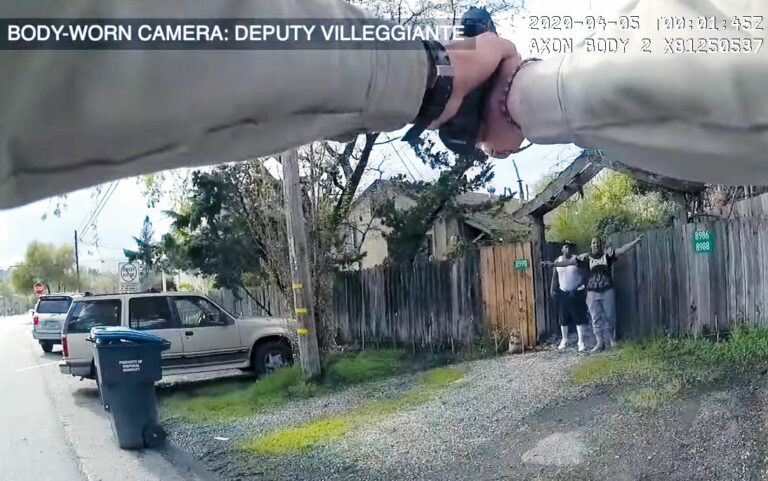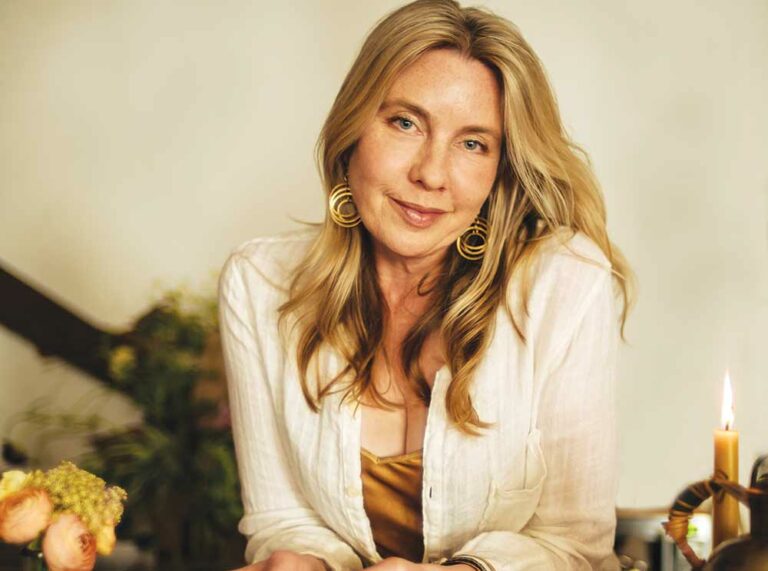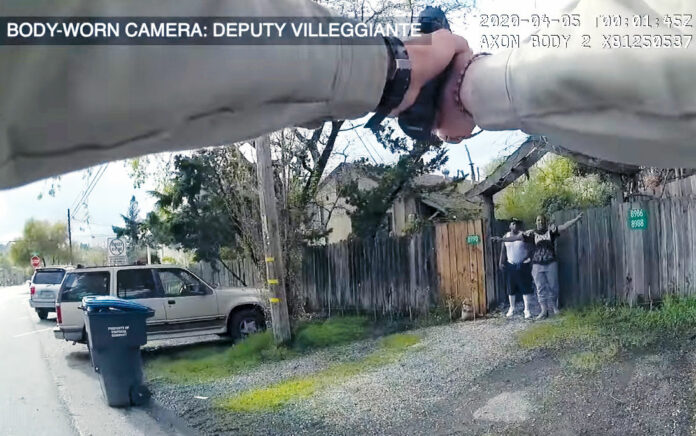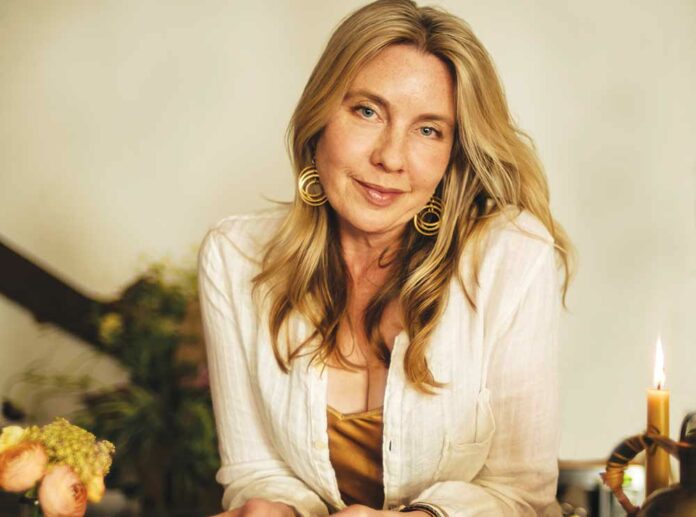On Saturday, April 4, a Forestville man called 911 to report that 35-year-old Graton resident Jason Anglero-Wyrick had threatened him and his family members with a gun in multiple incidents throughout the day.
Approximately 20 minutes later, around 5pm, Sonoma County Sheriff’s deputies arrived at Anglero-Wyrick’s home, according to a Monday, April 6 Sheriff’s Office press release.
The deputies were told that Anglero-Wyrick is on parole for assault with a deadly weapon, the release said.
Relatives told officers that Anglero-Wyrick was sleeping inside the house. Eventually, Anglero-Wyrick and Naustachia Green, a 35-year-old woman, walked out of the house and approached the officers. Green, with her arms outstretched, stood between Anglero-Wyrick and the deputies, who had their guns drawn and repeatedly ordered Anglero-Wyrick, an African-American man, to crawl towards them.
What happened next has become the subject of disagreement online. The account included in the Sheriff’s press release differs drastically in tone and chronology from an 18-minute video filmed by Anglero-Wyrick’s 15-year-old relative.
The differences have led many online commenters to openly criticize the Sheriff’s account.
“Lies. The video says different,” one man wrote below the Sheriff’s online press release days after it was released.
Crisis Management
In the years since smartphone videos of officer-involved shootings sparked a nationwide civil-rights conversation about policing in the 2010s, law-enforcement agencies have sought to counter bystanders’ videos with their own digital-communication efforts.
In the case of the Sonoma County Sheriff’s Office and other California law-enforcement agencies, reputation-management efforts involve hiring outside consultants to advise agencies on their Facebook and crisis-communications strategies.
Sheriff’s Office spokesperson Misti Wood confirmed that Vacaville-based Cole Pro Media and Critical Incident Videos, LLC, a company which produces videos for law enforcement agencies, both worked on the agency’s response to the April 4 incident.
Laura Cole, a former television journalist who founded both companies hired by the Sheriff’s Office, explained the need for her services in an August 2016 blog post.
“Once the media puts its spin on a story, it can be hard to break the cycle and get the facts out to the public,” Cole wrote in part.
But the opposite is also true. Once a video which contradicts law enforcement’s account emerges, the genie is difficult to put back in the bottle. In the case of the April 4 incident, two distinctive storylines have emerged.
The Sheriff’s story is laid out in an April 6 press release titled “Two people arrested in Graton with help from K9 Vader.”
Another story is shown in an April 6 YouTube video titled “Explicit Police Brutality: Police Dog Attack.”
Timeline
On Monday, April 6, the same day the Sheriff’s Office released its press release, an 18-minute cell-phone video shot by Anglero-Wyrick’s 15-year-old relative was published on YouTube. The video quickly went viral.
Shaun King, a journalist and civil-rights activist with a large national following, shared a portion of the video on Facebook with the caption “Jim Crow never ended. It hardly even changed. This is illegal.”
King’s Facebook video had 2.8 million views by Wednesday, April 15. The original 18-minute video had approximately 30,000 views on Youtube on the same day. A video released by the Sheriff’s Office on Tuesday, April 7 had 43,000 views by Wednesday, April 15.
Had the 18-minute video not existed, the press release might have ended all public questions about the case. Patch.com, Sonoma West Time and News and CBS Local all published lightly-edited versions of the Sheriff’s account, which states near the top that Anglero-Wyrick “has a history of violent felonies … and is on parole for assault with a deadly weapon.”
But, the family member’s video does not match the string of events described in the press release, many online commenters say.
The bystander’s video shows the deputies firing a Taser and releasing a dog on Anglero-Wyrick at the same moment. Another deputy runs forward and pulls Green, who was standing in front of Anglero-Wyrick, to the ground.
Vader, a jet-black K9 dog, latches onto Anglero-Wyrick’s right calf for more than a minute while a deputy appears to struggle to remove the dog from Anglero-Wyrick’s leg. Meanwhile, another deputy secures handcuffs on Anglero-Wyrick, who is lying face down on the ground. The deputy then stands and points his Taser at a small crowd of people watching the scene unfold.
But, after the camera shut off, the deputies’ original reason for arresting Anglero-Wyrick fell apart, at least according to details found within the Sheriff’s April 6 press release.
The deputies did not find a gun and “the [complainants] became uncooperative,” the release states. “[The] deputies did not include charges for the threats or gun brandishing.”
Instead, they arrested Anglero-Wyrick for violation of parole and felony resisting arrest. After being hospitalized for his wound, he posted $5,000 bail, according to the release.
Green was arrested for “misdemeanor battery on a peace officer and misdemeanor resisting arrest” but was immediately released with a citation and an order to appear in court.
Facebook Feedback
At 10:30pm on Tuesday, April 7, hours after the Press Democrat reported on online comments noting the differences between the 18-minute video clip and the Sheriff’s press release, the Sheriff’s Office released its own video.
The Sheriff’s eight-minute video begins with text, an audio recording of the 911 call which ultimately led officers to confront Anglero-Wyrick, a clip from a Sheriff Deputy’s chest-mounted camera and a section of the family member’s video showing Vader biting Anglero-Wyrick.
In a stream of comments about the Sheriff’s video, a divisive discussion unfolded. Some residents praised the deputies and Vader’s behavior. Others criticized the deputies’ decision making and their seeming lack of control over the dog.
Throughout the discussion, the agency’s official Facebook account jumped into the conversation, often thanking residents who praised the deputies’ conduct.
In one since-removed comment, the Sheriff’s account wrote “Vader did a great job[.] time for a treat” in response to a woman who commented “Good dog, Vader!”
Other comments by the Sheriff’s office appear to assume Anglero-Wyrick was guilty of the original allegations—though deputies never found a gun and did not arrest him on gun-related charges.
“No gun was even found when the search was finished,” a woman commented on the Sheriff’s Facebook video.
“We did not find a gun but they had time to dispose of it,” the Sheriff’s Office responded.
The Facebook posts sparked outrage among some county residents. Indivisible Petaluma urged members to contact the Sheriff’s Office. Many of the Sheriff’s offending posts have since been removed or edited.
In response to questions about the Sheriff’s social media policies, Wood said that “Law enforcement social media programs are still new and we’re on the leading edge. Like all new programs, there’s opportunity to adjust and improve as we go.”
“We will make some adjustments moving forward,” Wood added.
Wood did not directly respond to a question about whether the agency has rules about commenting on on-going investigations and presumptions of guilt in social media posts.





















